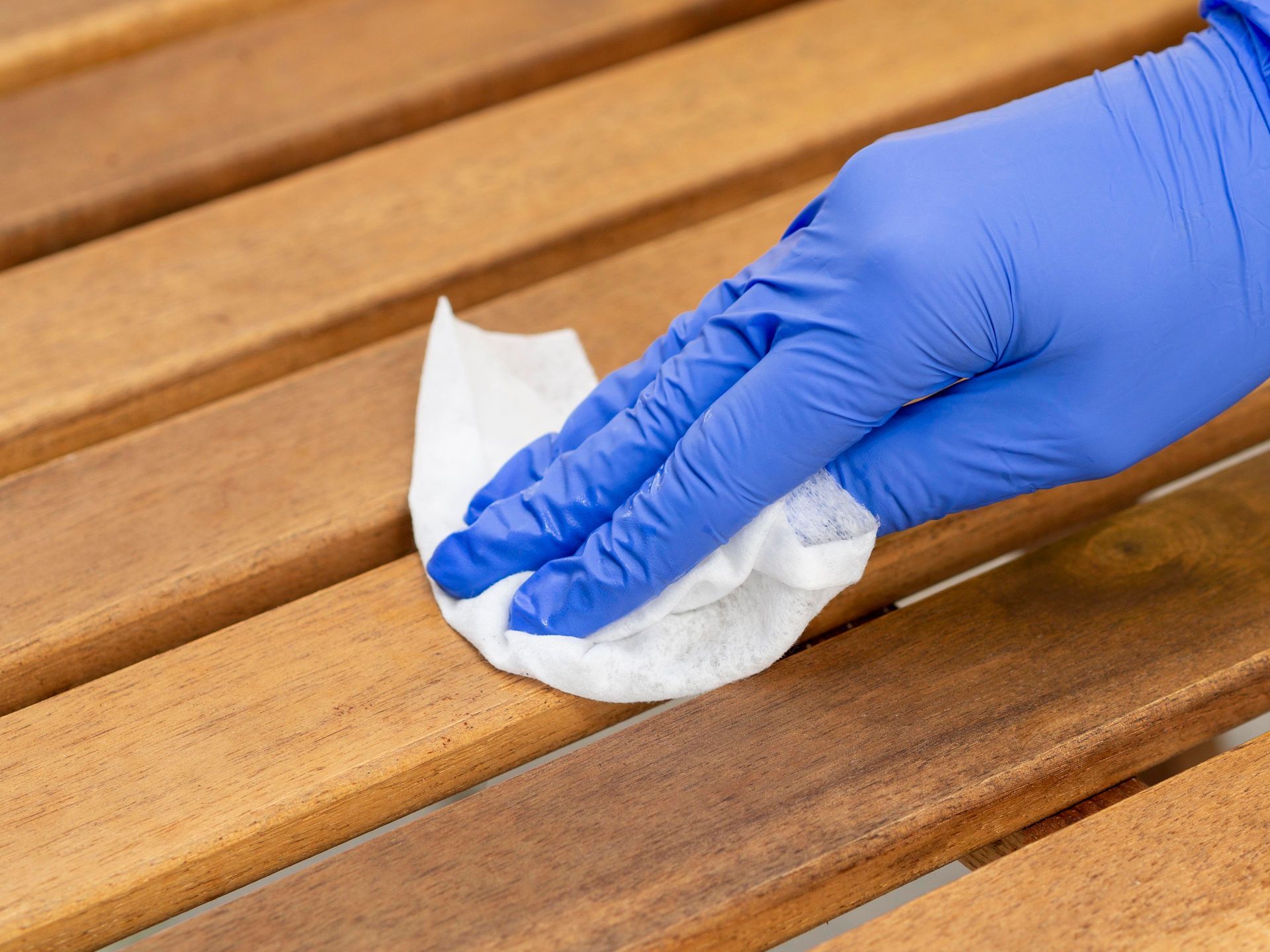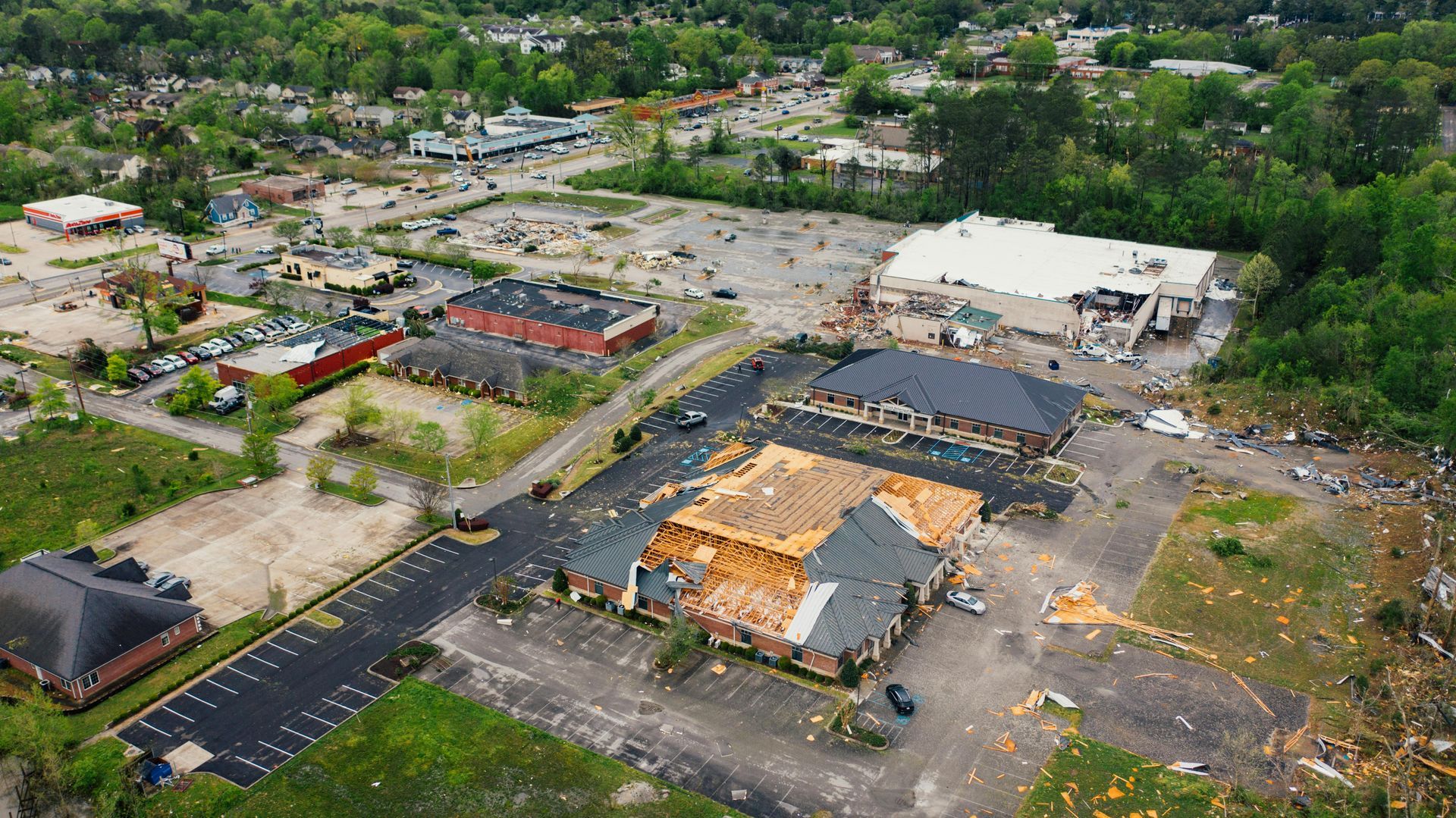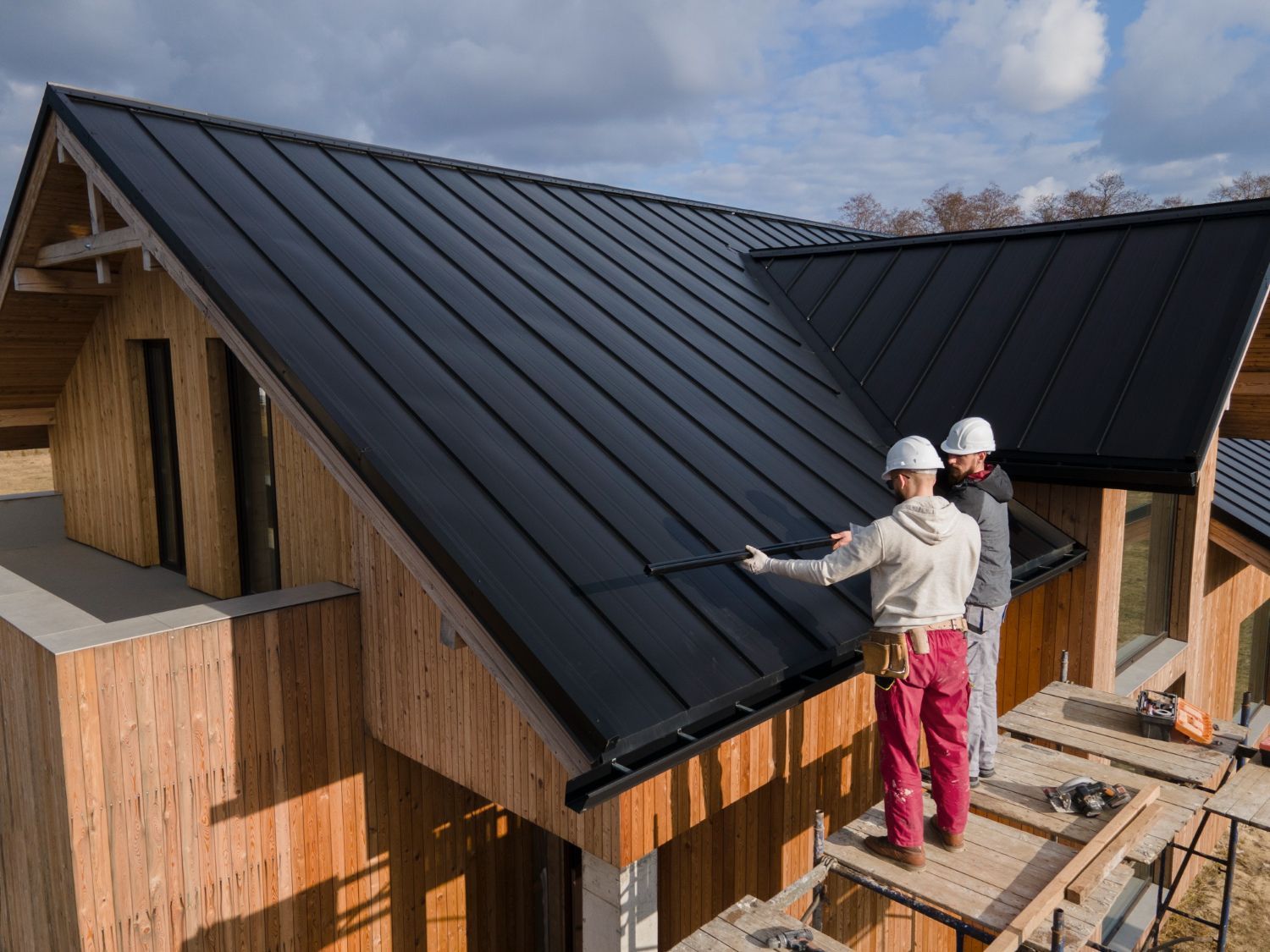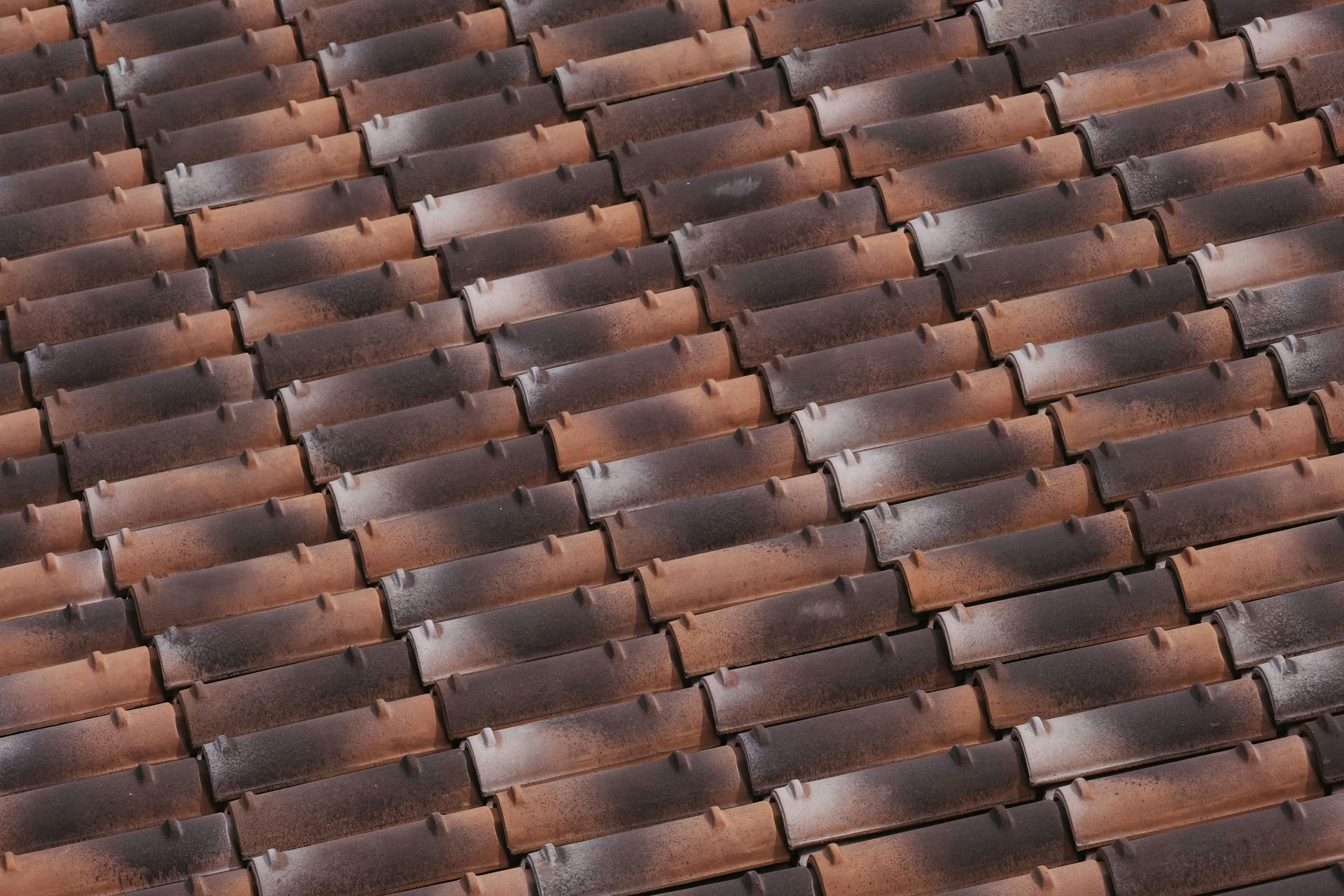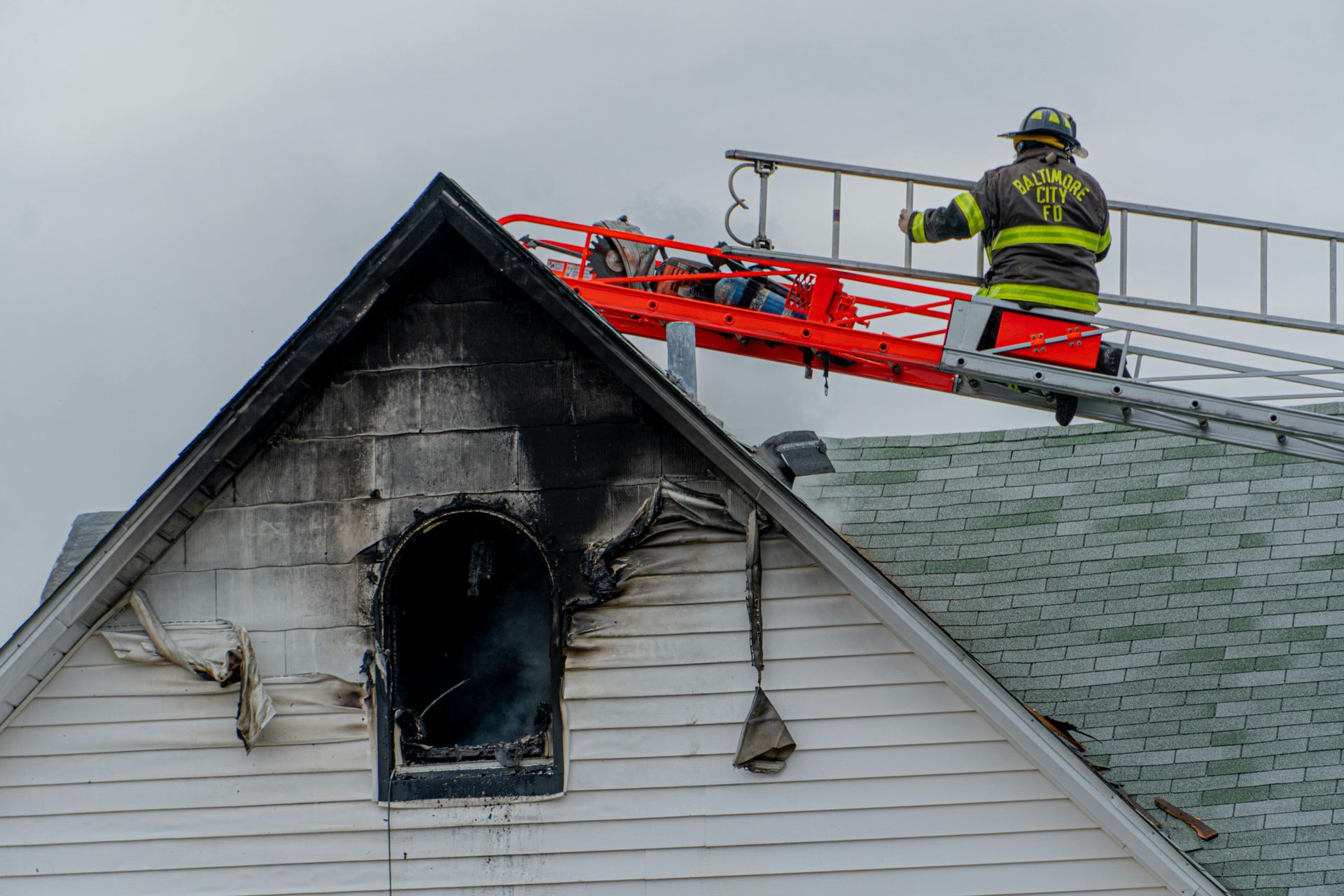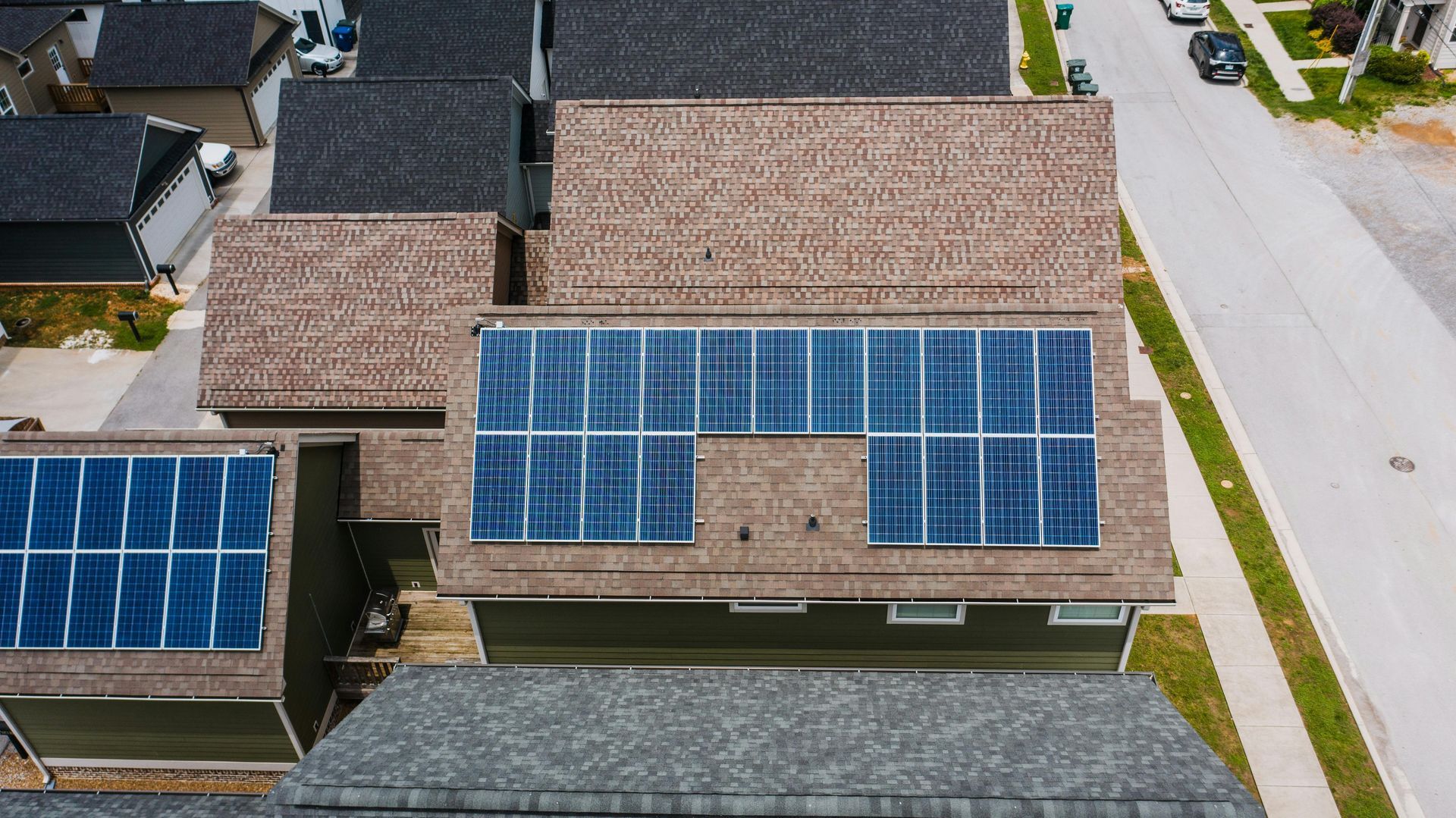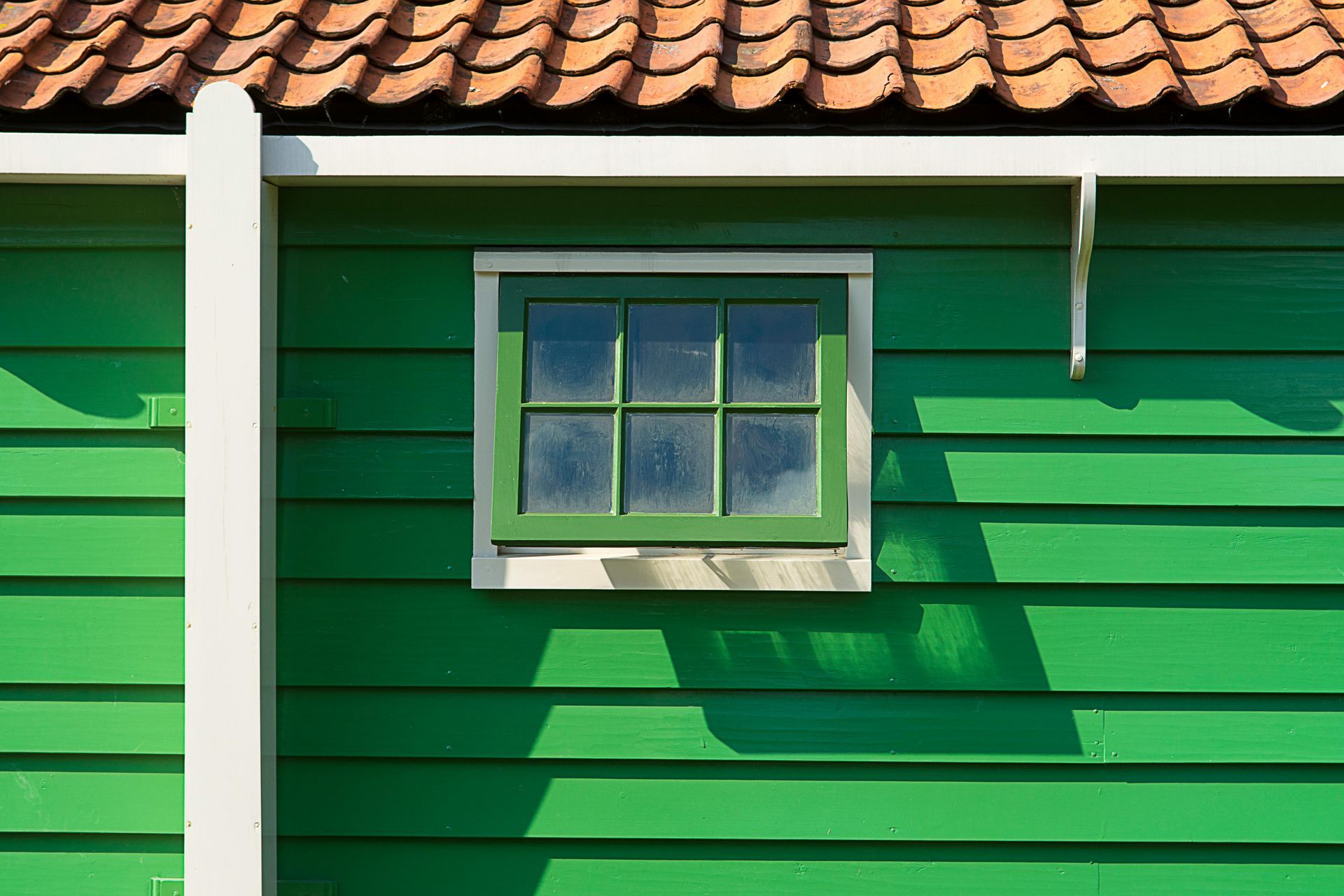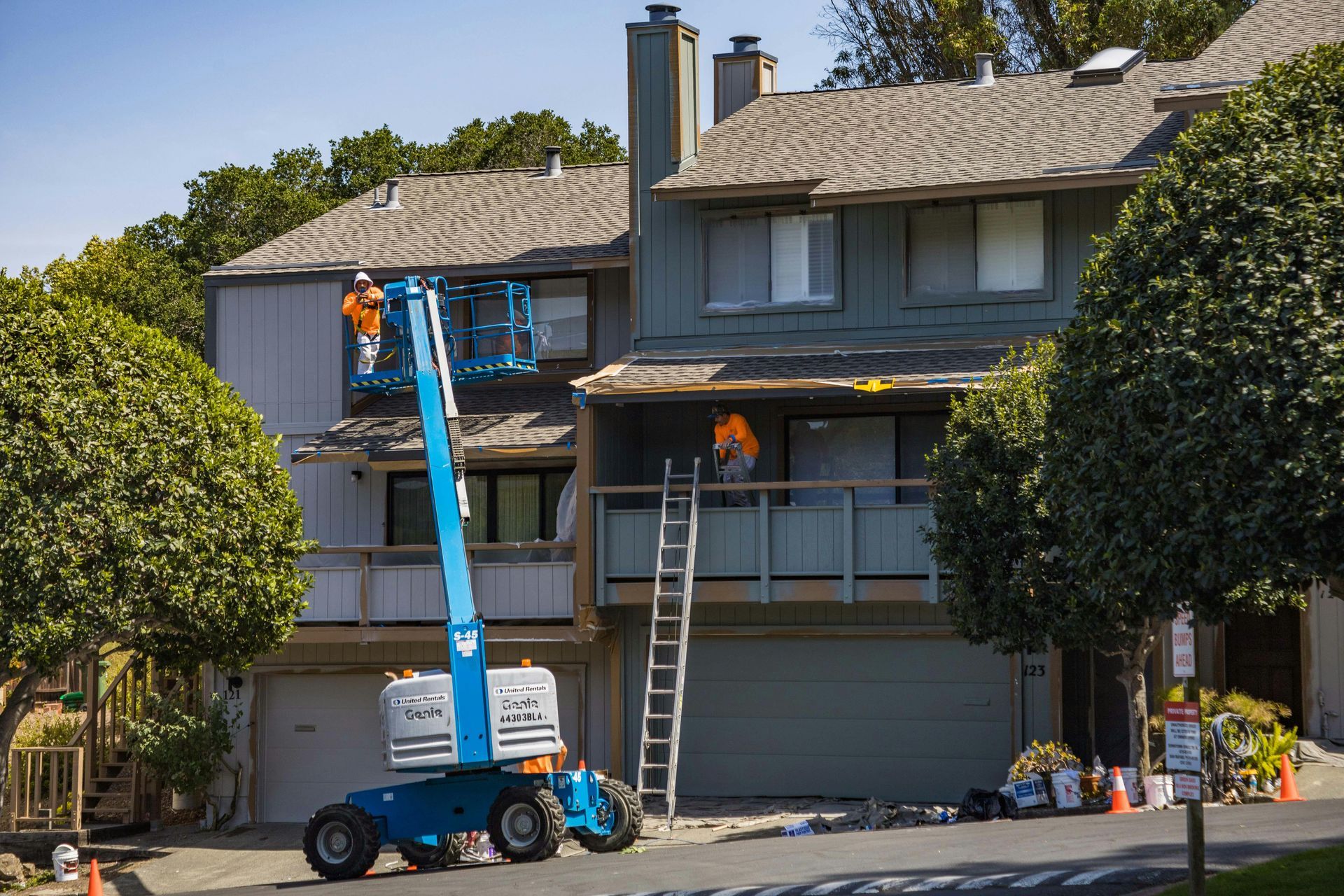How to Remove Deck Stain from Vinyl Siding Without Causing Damage
Deck projects are messy. Even when you’re careful, it’s surprisingly easy for stain to splatter or drift onto your vinyl siding — especially on a windy day.
If you’re staring at stubborn streaks right now, you’re probably asking:
how do I get deck stain off
vinyl siding without making it worse?
The good news is, you usually can — if you act quickly and use the right techniques. Let’s walk through it.
Why Deck Stains Happen on Vinyl Siding
Deck stain isn’t just tough—it’s designed to soak in and stick around. So when it accidentally lands on vinyl siding, it doesn’t sink in right away, but it can still “grip” the surface if it’s left too long.
You’ll often see it after:
- Staining projects on breezy days
- Overspray from sprayers without good masking
- Accidental splashes along the siding base
The texture of vinyl makes it easy for pigments to lodge into tiny surface grooves, making cleanup trickier the longer you wait.
Supplies You'll Need for Stain Removal
Before you dive in, make sure you have:
- A mild dish soap or vinyl-safe cleaner
- A soft brush or non-abrasive sponge
- A garden hose (or a pressure washer set to
very low)
- A little mineral spirits or acetone (for emergencies)
- Gloves, safety glasses, and drop cloths
Having the right supplies handy keeps you from panicking if the first scrub doesn't do the trick.
How to Remove Deck Stain from Vinyl Siding: Step-by-Step Guide
1. Size Up the Stain
First things first: figure out what you’re dealing with.
Is the stain fresh? (Still a little tacky or sticky?)
Or is it dry and fully set?
Water-based stains are a lot more forgiving than old, oil-based ones baked in by the sun.
2. Give It a Good Rinse
Before you scrub anything, blast the area lightly with a garden hose.
No soap yet—just water.
You’re trying to knock off any surface dirt that might scratch the siding once you start scrubbing.
3. Start with Mild Soap
Mix warm water and a few squirts of dish soap. Dip your brush in and scrub gently, following the siding’s grain.
(If you scrub across it, you can scuff up the finish.)
You might start to see the stain lift right away — especially if it’s a newer mark.
4. Step It Up If Needed
If the soap isn’t cutting it, grab a cleaner made specifically for vinyl siding.
Always test a small hidden area first—you don’t want to accidentally bleach or dull your siding.
If even that doesn’t work, you can carefully dab the stain with a cloth soaked in mineral spirits or acetone.
(And I mean
dab, not soak.)
5. Rinse, Rinse, Rinse
Once the stain loosens, rinse the area thoroughly with clean water.
Check it from different angles—sometimes the stain looks gone while wet but reappears as it dries.
If there’s still a shadow left behind, repeat the gentlest steps first before moving to anything stronger.
Mistakes to Avoid When Cleaning Vinyl Siding
- Don’t break out the bleach. It’ll discolor vinyl fast—and not in a good way.
- Don’t get aggressive with scrub brushes. Scrubbing too hard can leave your siding permanently dull.
- Don’t procrastinate. Every day you wait, that stain gets more stubborn.
Taking a patient, careful approach really is the secret here.
How Professional Restoration Services Can Help
Some stains just won’t budge, no matter how many times you scrub. That’s where professional siding restoration comes in.
At Price Brothers Restoration, we’re used to seeing stains, streaks, and even deeper pigment issues. We can repair and restore siding that's already seen better days.
If you’re feeling stuck, contact us, we’re here to help.
Tips to Prevent Deck Stain Accidents in the Future
Next time you're working on your deck:
- Cover siding with drop cloths or plastic sheeting.
- Tape the covers securely, especially around edges.
- Pick a calm, dry day. Even a slight breeze can carry stain mist farther than you think.
- Use a controlled, low-pressure sprayer if spraying.
A little prep up front saves a lot of headaches later.
FAQs About Removing Deck Stain from Vinyl Siding
Will a pressure washer remove deck stain from vinyl siding?
Sometimes, but you have to be careful.
Too much pressure will gouge or crack vinyl. Stick to a low setting and a wide nozzle. Always keep the wand moving.
Can vinegar or baking soda work on stain removal?
For everyday grime? Sure.
But for deck stain, they’re usually too gentle to get the job done.
What should I do if the stain won't come off completely?
At that point, it’s smarter to call in a professional.
Trying harsher chemicals yourself can make things worse—and leave you needing full siding replacement.
Is repainting siding necessary if a stain is permanent?
In some cases, yes.
But we’ve found that professional deep cleaning often removes enough of the stain that repainting or replacement isn’t needed.
What is the safest way to remove deck stain from vinyl siding?
Start mild and gentle—soap, water, and soft brushes. Only step up to solvents if nothing else works, and always spot-test first.
Can professional siding cleaning remove old deck stain?
Absolutely.
We have stronger (but safe) cleaning solutions and know the techniques to get out even old stains without wrecking your siding.

